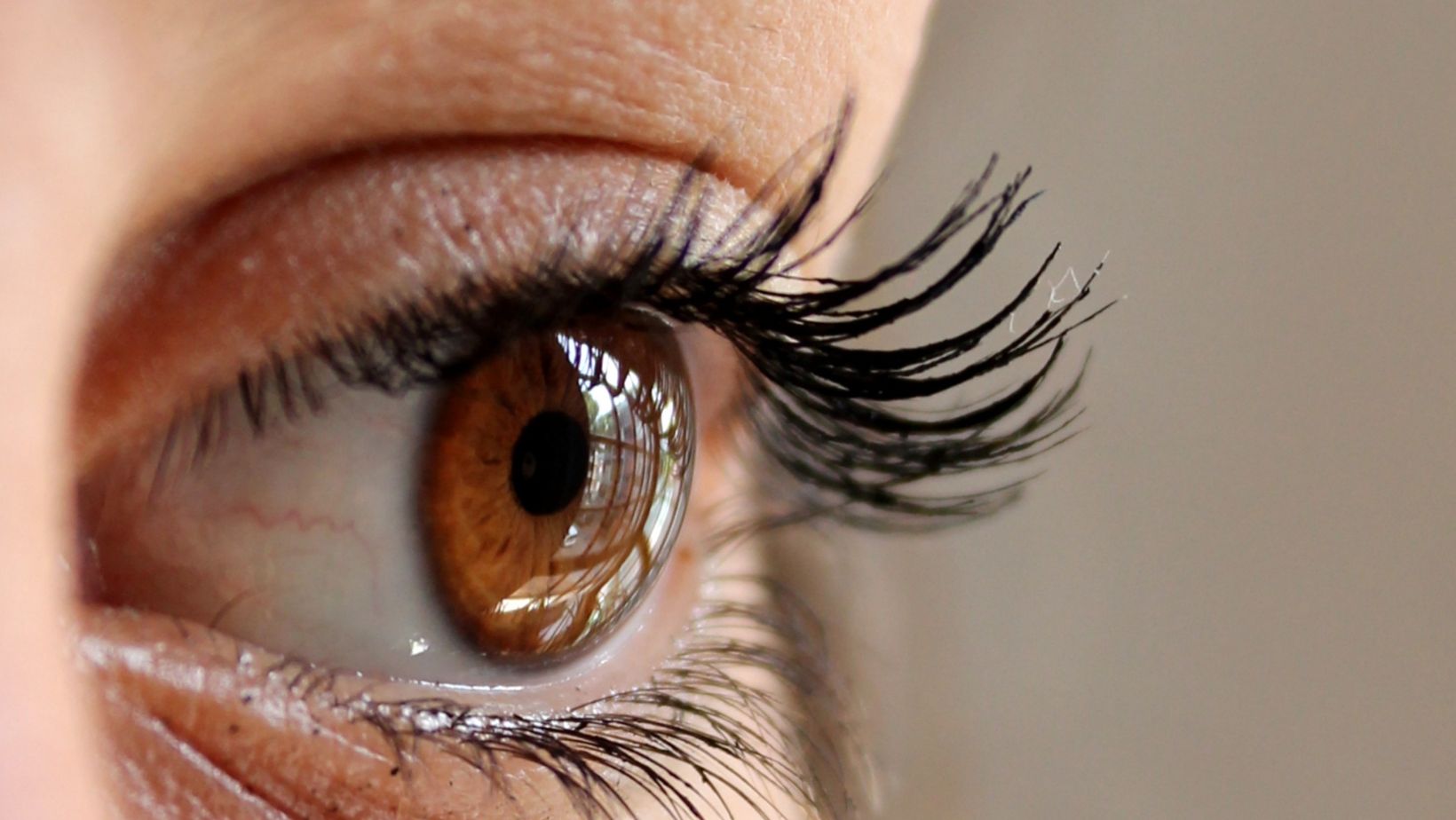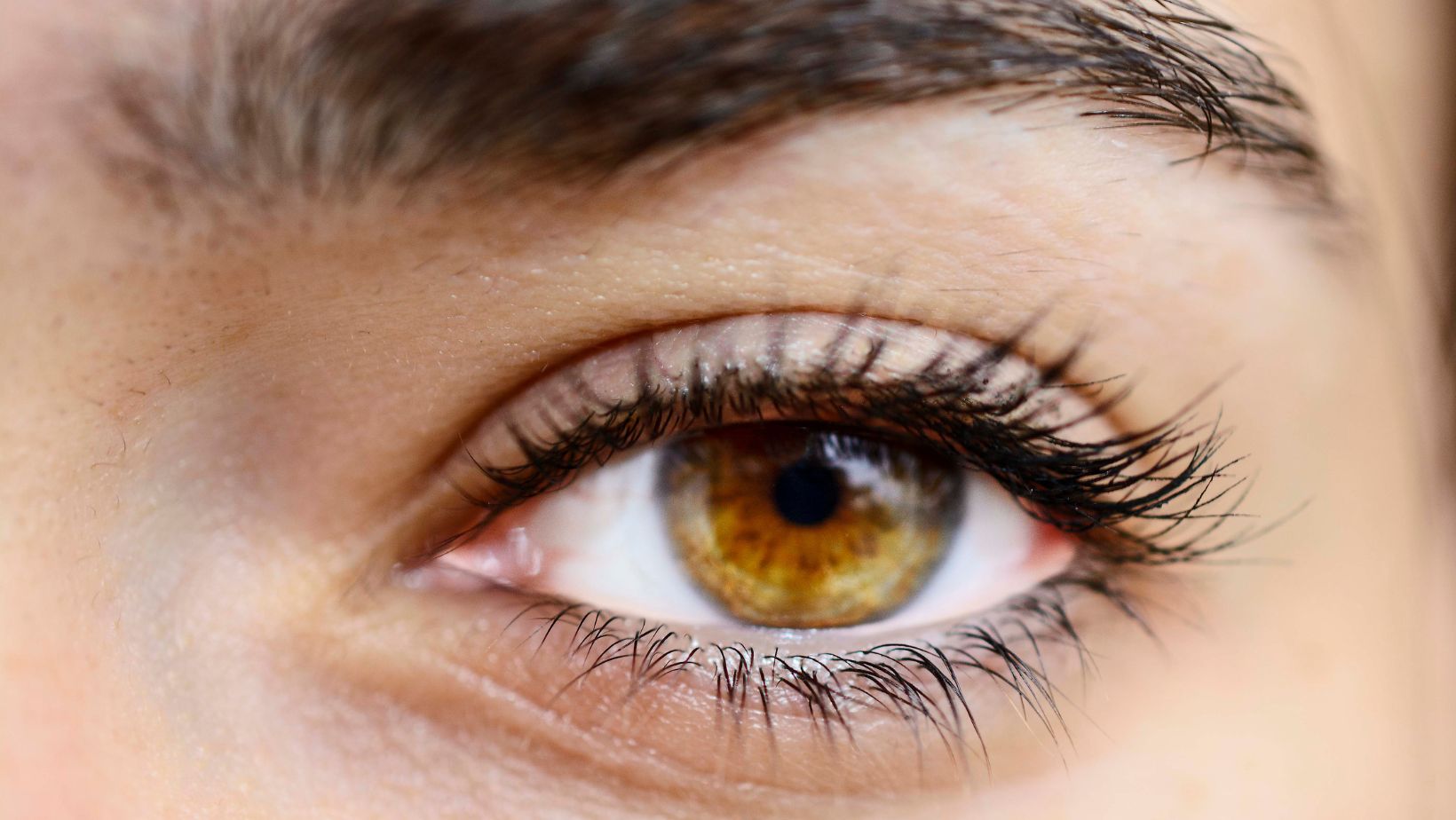Ocular rosacea is a common yet often misunderstood condition that primarily affects the eyes. While many people are familiar with rosacea as a skin disorder characterized by facial redness and visible blood vessels, fewer are aware that it can also impact the eyes, leading to a range of symptoms that can significantly affect daily life.
This comprehensive guide aims to shed light on what is ocular rosacea, exploring its causes, symptoms, diagnosis, treatment, and management strategies to help you better understand this condition and take proactive steps toward maintaining your eye health.
Understanding Ocular Rosacea
Ocular rosacea is a subtype of rosacea that affects the eyes, particularly the eyelids, conjunctiva (the thin, clear tissue covering the white part of the eye), and the cornea (the transparent front part of the eye). It often occurs in conjunction with facial rosacea but can also develop independently. The condition is characterized by inflammation, redness, and irritation of the eyes and eyelids, leading to discomfort and potential complications if left untreated.
Causes and Risk Factors
The exact cause of ocular rosacea is not fully understood, but it is believed to be related to a combination of genetic, environmental, and immune system factors. Some potential contributors to the development of ocular rosacea include:

- Genetics: A family history of rosacea may increase the likelihood of developing the condition, including its ocular form.
- Immune System Dysfunction: Abnormalities in the immune system may lead to an exaggerated inflammatory response, contributing to the symptoms of ocular rosacea.
- Environmental Triggers: Exposure to environmental factors such as sunlight, wind, extreme temperatures, and certain foods or beverages can trigger or exacerbate symptoms.
- Demodex Mites: These tiny mites, which naturally live on human skin, may play a role in ocular rosacea by causing inflammation and irritation of the eyelids.
- Hormonal Factors: Hormonal changes, particularly in women, may influence the development and severity of rosacea, including its ocular manifestations.
Symptoms of Ocular Rosacea
Ocular rosacea can present with a wide range of symptoms, which can vary in severity from mild discomfort to more serious complications. Common symptoms include:
- Redness and Irritation: One of the hallmark symptoms of ocular rosacea is redness of the eyes and eyelids, often accompanied by a burning or stinging sensation.
- Dry Eyes: Many individuals with ocular rosacea experience dryness, which can lead to a gritty or sandy feeling in the eyes.
- Swollen Eyelids: Inflammation of the eyelids, known as blepharitis, is a common symptom, causing them to become swollen, red, and crusty.
- Sensitivity to Light: Photophobia, or sensitivity to light, is another symptom that can make it uncomfortable for individuals with ocular rosacea to be in bright environments.
- Blurred Vision: In more severe cases, ocular rosacea can affect the cornea, leading to blurred vision or even vision loss if not properly managed.
- Tearing or Watery Eyes: Paradoxically, while many people with ocular rosacea have dry eyes, they may also experience excessive tearing as the eyes attempt to compensate for the dryness.
Diagnosis of Ocular Rosacea
Diagnosing ocular rosacea can be challenging, as its symptoms often overlap with other eye conditions such as dry eye syndrome, allergic conjunctivitis, or blepharitis. Therefore, it is crucial to consult an eye care professional, such as an ophthalmologist or optometrist, for an accurate diagnosis.
During the examination, the eye care provider will assess the following:
- Medical History: A thorough review of your medical history, including any history of facial rosacea or other skin conditions, is essential.
- Eye Examination: The eye care provider will conduct a detailed examination of your eyes, including the eyelids, conjunctiva, and cornea, to check for signs of inflammation, redness, and other characteristic symptoms of ocular rosacea.
- Tear Production Test: To assess the degree of dryness, a Schirmer test may be performed to measure tear production.
- Meibomian Gland Evaluation: The function of the meibomian glands, which produce the oily component of tears, will be evaluated, as dysfunction in these glands is common in ocular rosacea.
Treatment and Management of Ocular Rosacea
While there is no cure for ocular rosacea, a combination of treatments can effectively manage symptoms and prevent complications. Treatment strategies typically include:

- Medications:
- Oral Antibiotics: Tetracycline-based antibiotics, such as doxycycline, are commonly prescribed to reduce inflammation and control bacterial growth.
- Topical Antibiotics: In some cases, topical antibiotics may be applied to the eyelids to manage blepharitis and reduce symptoms.
- Anti-inflammatory Eye Drops: Steroid eye drops or other anti-inflammatory medications may be prescribed to reduce inflammation and relieve symptoms.
- Artificial Tears: Lubricating eye drops or ointments can help alleviate dryness and discomfort.
- Lid Hygiene:
- Eyelid Scrubs: Regular cleaning of the eyelids with a gentle, non-irritating cleanser can help manage blepharitis and reduce the risk of infection.
- Warm Compresses: Applying warm compresses to the eyelids can help open clogged meibomian glands and improve tear production.
- Lifestyle Modifications:
- Avoiding Triggers: Identifying and avoiding environmental and dietary triggers can help reduce flare-ups of ocular rosacea.
- Protective Eyewear: Wearing sunglasses or other protective eyewear can shield the eyes from environmental irritants, such as wind and sunlight.
- Proper Skincare: For those with both facial and ocular rosacea, using gentle skincare products and avoiding harsh chemicals can help manage symptoms.
- Advanced Treatments:
- Intense Pulsed Light (IPL) Therapy: IPL therapy, commonly used for facial rosacea, may also benefit individuals with ocular rosacea by reducing inflammation and improving meibomian gland function.
- Meibomian Gland Expression: In more severe cases, a procedure called meibomian gland expression may be performed by an eye care professional to manually express clogged glands and improve tear production.
Potential Complications of Ocular Rosacea
If left untreated or inadequately managed, ocular rosacea can lead to several complications, some of which can be serious:
- Corneal Damage: Chronic inflammation and dryness can cause damage to the cornea, leading to ulcers, scarring, and potential vision loss.
- Chalazion and Stye Formation: Blocked meibomian glands can lead to the development of chalazions (painless lumps) or styes (painful infections) on the eyelids.
- Chronic Blepharitis: Persistent inflammation of the eyelids can result in chronic blepharitis, which may require ongoing management.
- Vision Impairment: In severe cases, untreated ocular rosacea can lead to permanent vision impairment due to corneal damage.
Conclusion
Ocular rosacea is a chronic condition that requires ongoing management and care. While it can be challenging to live with, understanding the condition and working closely with an eye care professional can help you effectively manage symptoms and prevent complications. By adopting a comprehensive approach that includes medication, lifestyle modifications, and regular eye care, you can protect your eye health and maintain a good quality of life despite the challenges posed by ocular rosacea.
